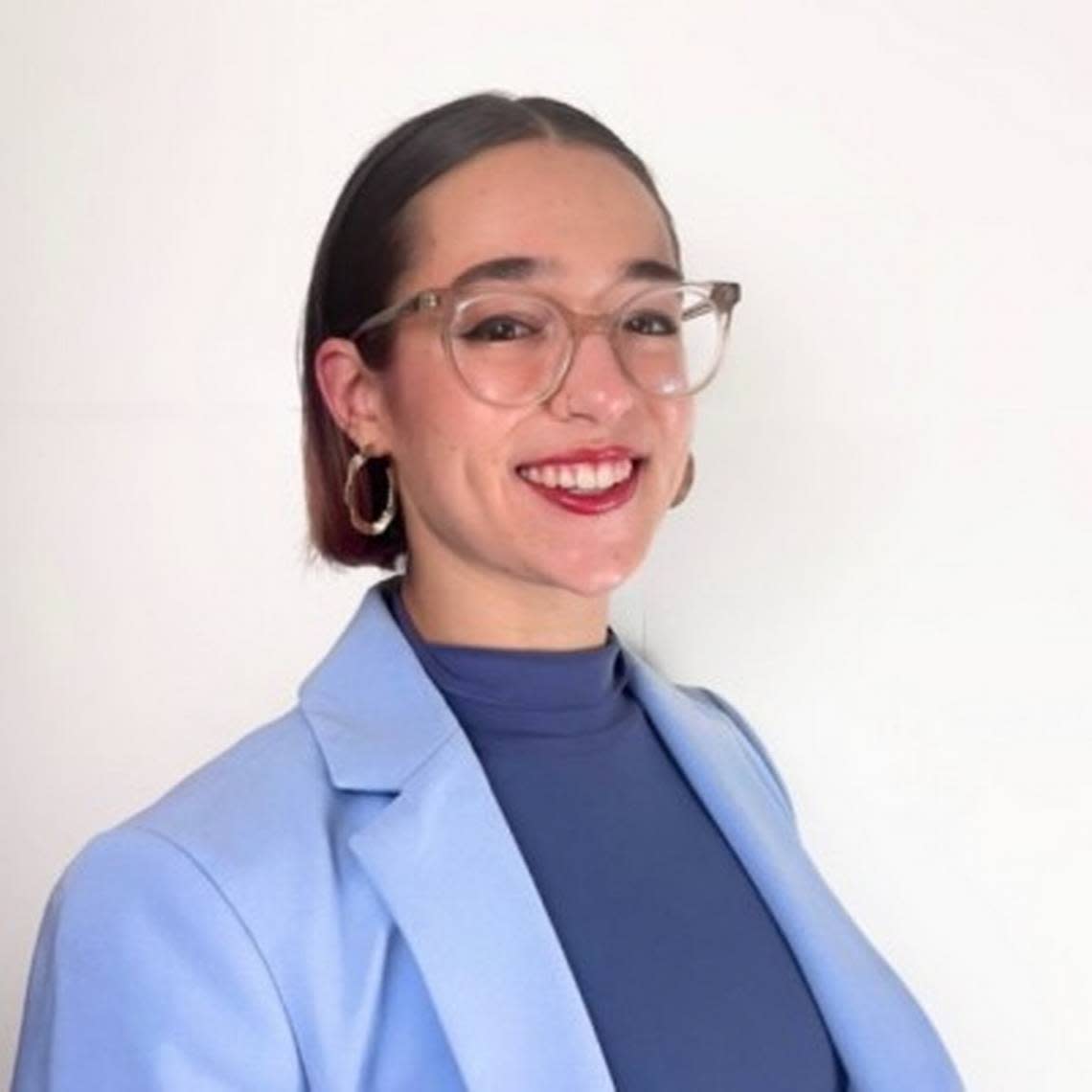Deploy variety of carbon-removal methods to make Florida more resilient to climate change | Opinion
Thirty years ago, Hurricane Andrew transformed South Florida, leaving behind 44 deaths and, in today’s dollars, $65 billion in damage. The hurricane hit before I was born, but the name represents a major shift for our city — beyond just physical destruction — in ecology, society, economy and climate.
As an undergraduate at the University of Miami studying environmental science, I wondered how we could prevent such disasters again.
In 1992, in the wake of Hurricane Andrew’s destruction, Dade County Emergency Management Director Kate Hale famously demanded at a nationally televised news conference, “Where in the hell is the cavalry on this one?” She was referring to a lag in recovery supplies from the federal government, but we can do more than just respond.
We can prevent such tragedies in the first place — by taking action to secure a healthier climate. In Miami, we are seeing summers so hot that the city is piloting naming heat waves — like we do for hurricanes — in hopes of preventing deaths by raising awareness about these dangerous events.
And as we get into the thick of hurricane season, we are keeping our eyes on the storm radar, knowing that the next historic hurricane is just around the corner. South Florida is especially vulnerable to climate change because of extreme heat, storms, sea-level rise and loss of marine biodiversity.
But we cannot be resigned to this new normal.
Prevention starts with diagnosing the problem. Scientists at the Intergovernmental Panel on Climate Change and National Academy of Sciences agree: Eliminating CO2 emissions and removing excess carbon from the atmosphere are two must-haves to respond to the climate emergency. And with the Supreme Court’s recent ruling in West Virginia v EPA making our path to emissions reductions more difficult, there’s no more critical time than now to undertake research and development to scale up carbon-dioxide removal, or CDR.
CDR is an umbrella term for a wide variety of strategies that remove carbon from the atmosphere. The solutions range from tree planting to Direct Air Capture, which removes carbon from the air, then stores it deep underground as it has existed naturally for hundreds of thousands of years.
One of the most exciting CDR strategies is called Ocean Alkalinity Enhancement, an approach that restores ocean chemistry to reduce acidity and permanently store CO2 in seawater. Florida is blessed with the most coastline in the continental United States, but it is vulnerable to the heat and acidity that is damaging its coral and ocean ecosystems. Deploying this approach locally would enable us to lead the world in fighting climate change, while addressing some of our most pressing issues.
No single approach to removing carbon will be large enough. We must combine many carbon removal strategies and aggressively cut CO2 pollution to protect Florida against climate change.
CDR isn’t just a necessity, it is an opportunity. We can help stabilize our climate, grow our economy and provide new green jobs by investing in a variety of CDR strategies. When scaled up, these carbon-removal strategies will create thousands of jobs across the state, which will only help as we continue to recover from the pandemic and try to transition to a clean economy. Ocean Alkalinity Enhancement has the added benefit of ocean restoration, which could prevent fish kills and algal blooms that harm the tourism industry.
But in order to grab this opportunity with both hands, we need our lawmakers in Congress to step up. Bipartisan support for carbon removal already exists, and advocates for a healthy climate, such as U.S. Rep. Debbie Wasserman Shultz, can take it to the next level. We need increased funding for research, development and early deployment of CDR strategies across government agencies, including the Department of Energy, Department of Agriculture and National Oceanic and Atmospheric Administration.
These strategies, in turn, will spur innovation and create jobs in South Florida while reducing the risk of the next Hurricane Andrew — or a heat wave by another name. In short: With the right investment and innovation, we can create our own cavalry and secure our climate against extreme weather.
We don’t have a crystal ball, so we need to be as prepared as possible. We need to prepare for recovering from any superstorms that hit us, but we also must reduce the risk of extreme weather even gathering on the horizon. Our risk starts with the threat of climate change. In this fight, CDR is an opportunity to create a resilient South Florida, so that future generations of Floridians don’t face increasingly more deadly storms like Hurricane Andrew.
Laura Stieghorst, a University of Miami graduate, founded UM’s first student-led research group, BÁSICO2, developing ocean-based carbon-capture technology. She is an XPRIZE winner.

